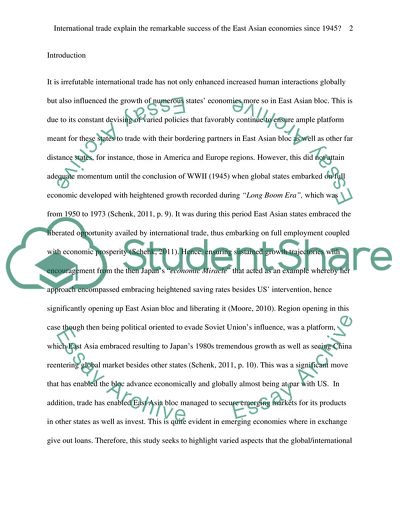Cite this document
(The Political Economy of Asian Regionalism Coursework, n.d.)
The Political Economy of Asian Regionalism Coursework. Retrieved from https://studentshare.org/politics/1864308-to-what-extent-does-international-trade-explain-the-remarkable-success-of-the-east-asian-economies-since-1945
The Political Economy of Asian Regionalism Coursework. Retrieved from https://studentshare.org/politics/1864308-to-what-extent-does-international-trade-explain-the-remarkable-success-of-the-east-asian-economies-since-1945
(The Political Economy of Asian Regionalism Coursework)
The Political Economy of Asian Regionalism Coursework. https://studentshare.org/politics/1864308-to-what-extent-does-international-trade-explain-the-remarkable-success-of-the-east-asian-economies-since-1945.
The Political Economy of Asian Regionalism Coursework. https://studentshare.org/politics/1864308-to-what-extent-does-international-trade-explain-the-remarkable-success-of-the-east-asian-economies-since-1945.
“The Political Economy of Asian Regionalism Coursework”, n.d. https://studentshare.org/politics/1864308-to-what-extent-does-international-trade-explain-the-remarkable-success-of-the-east-asian-economies-since-1945.


